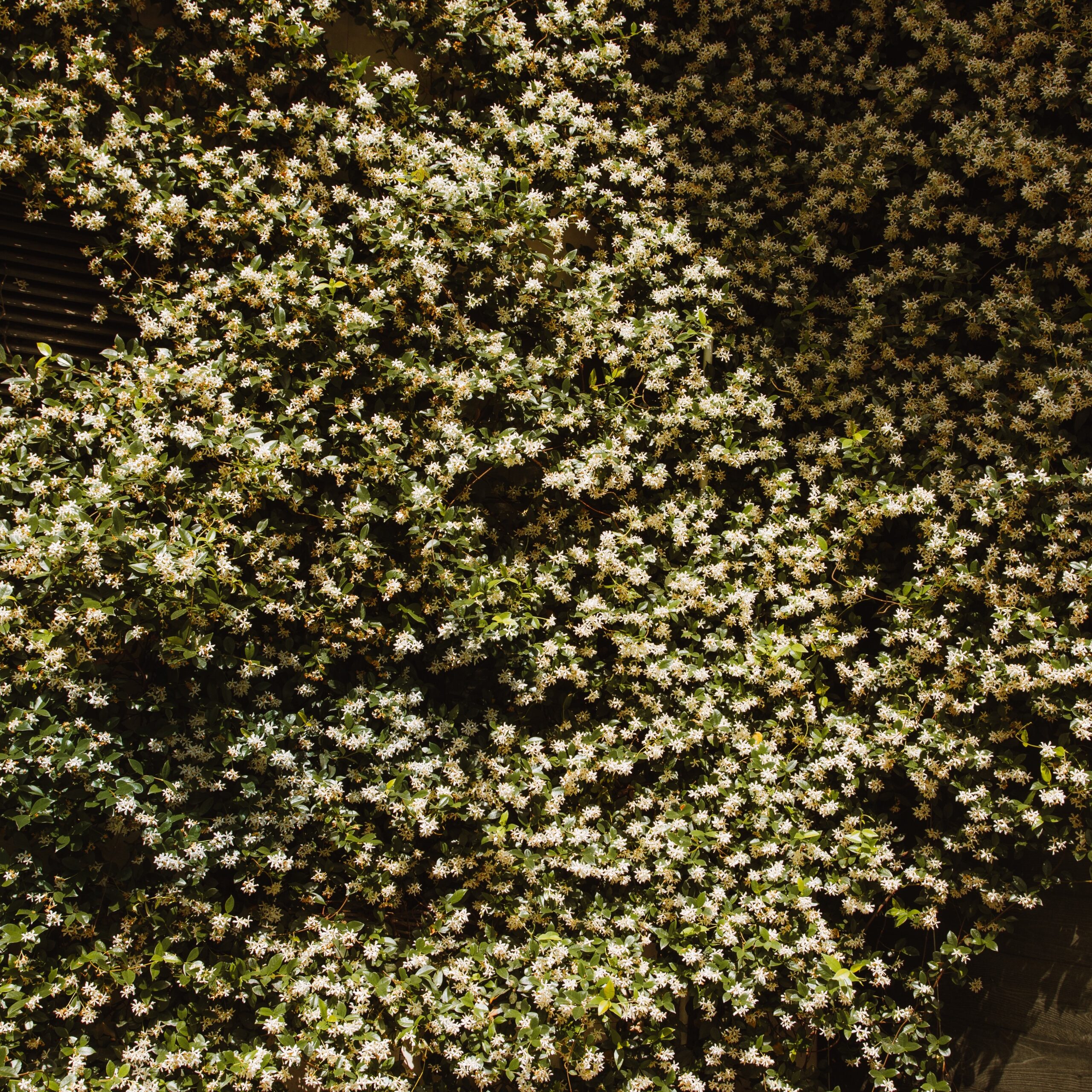No. 78: Plant climbing plants on the exterior walls
No. 78: Plant climbing plants on the exterior walls
Number 78
Planting climbing plants on the exterior walls of schools can have environmental and financial benefits such as reducing energy costs, improving air quality, and enhancing the aesthetics of the building. It can also provide a natural habitat for wildlife and reduce the urban heat island effect.
Learn why you should do this:
Planting climbing plants on the exterior walls of schools can have a number of environmental and financial benefits. The plants can help to reduce the amount of heat absorbed by the building, reducing the need for air conditioning, while also absorbing carbon dioxide and other pollutants. In addition, they can improve the aesthetic appearance of the building and provide educational opportunities for students.
One of the key environmental benefits of planting climbing plants on the exterior walls of schools is their ability to help regulate the temperature inside the building. According to a study published in the Journal of Building Engineering, “vegetation can significantly reduce the surface temperature of buildings, which can lead to a reduction in the amount of energy required to cool the building.” This can result in significant cost savings for schools, as well as a reduction in greenhouse gas emissions associated with air conditioning.
Climbing plants also have the ability to absorb carbon dioxide and other pollutants, improving the air quality in the surrounding area. A study published in the journal Environmental Science & Technology found that “green walls can reduce ambient air pollution in highly polluted areas.” This can have significant health benefits for students and staff, as exposure to air pollution has been linked to a range of health problems, including respiratory and cardiovascular disease.
In addition to their environmental benefits, climbing plants can also provide educational opportunities for students. Teachers can use the plants as a teaching tool to help students learn about photosynthesis, plant growth, and the role of plants in the environment. In addition, the presence of greenery on the walls can create a calming and relaxing environment, which can help to reduce stress levels among students.
When it comes to selecting climbing plants for school exteriors, it is important to choose plants that are suitable for the local climate and that will not damage the building. According to the Royal Horticultural Society, “the suitability of plants for growing on walls depends on the aspect of the wall and the soil conditions, as well as the species of plant.” Commonly used climbing plants for school exteriors include ivy, wisteria, and climbing hydrangea.
In terms of maintenance, climbing plants do require some care and attention, including pruning and watering. However, compared to other types of landscaping, such as lawns and flower beds, climbing plants are relatively low-maintenance. Additionally, the cost of installing climbing plants on the exterior walls of a school is relatively low, making it a cost-effective way to improve the environmental performance and aesthetic appearance of the building.
In conclusion, planting climbing plants on the exterior walls of schools can have a number of environmental and financial benefits. The plants can help to reduce energy costs by regulating the temperature inside the building, while also improving air quality and providing educational opportunities for students. When selecting climbing plants, it is important to choose species that are suitable for the local climate and that will not damage the building. With proper maintenance, climbing plants can be a cost-effective and sustainable landscaping solution for schools.
Sources:
-
Lee, H. (2019). Plant-covered buildings could help tackle climate change. CNBC. Retrieved from https://www.cnbc.com/2019/10/17/plant-covered-buildings-could-help-tackle-climate-change.html
-
Jones, M. (2016). The benefits of green walls: why they should be in every school. Education Today. Retrieved from https://www.educationtoday.com.au/news-detail/The-benefits-of-green-walls-why-they-should-be-in-every-school-2698
-
Lohr, V. I. (2010). Benefits of Green Roofs and Green Walls: A Literature Review. Report for Dumbarton Oaks Research Library and Collection. Retrieved from https://www.doaks.org/resources/bliss-tyler-correspondence/essays/benefits-of-green-roofs-and-green-walls-a-literature-review/view
-
BAE Systems. (2019). The benefits of green walls for schools. BAE Systems. Retrieved from https://www.baesystems.com/en-uk/feature/the-benefits-of-green-walls-for-schools
-
The Green Guide for Health Care. (2018). Green Walls. The Green Guide for Health Care. Retrieved from https://www.gghc.org/guidelines/green-walls
-
Park, S. Y., Lee, J. Y., & Kim, J. (2011). Quantitative analysis of the cooling effect of a plant-covered wall on a building wall surface. Journal of Asian Architecture and Building Engineering, 10(2), 457-462. https://doi.org/10.3130/jaabe.10.457

All 100 ideas in one, easy to share ebook. Download now and start helping your school be its best version of itself...
Downloaded over 17,000 times!

More ways to make a difference, now!
No. 98: Allow only reusable dishware at school
Number 98 Using reusable dishware at schools has many benefits, including reducing waste, lowering costs, and promoting sustainability education. Research shows that switching to reusable dishware can have a significant positive impact on the environment and finances...
No. 74: Set up beehives in the school grounds
Number 74 Setting up beehives on school grounds can have numerous benefits, including environmental, educational, and financial advantages. The presence of bees can help to support local ecosystems, provide opportunities for student learning, and even generate revenue...
No. 50: Use food waste digesters for fertilizer
Number 50 Food waste digesters are an effective solution to reduce food waste and produce high-quality fertilizer for schools. This sustainable system not only benefits the environment by reducing greenhouse gas emissions, but it also saves schools money on waste...





